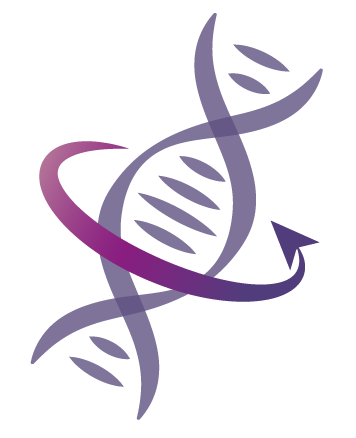Anti-vaccine claims about the Alexis Lorenze case mislead on vaccine risks
Introduction In September 2024, multiple social media posts began appearing on Instagram, claiming that vaccination caused a 23-year-old woman named Alexis Lorenze to become severely ill. These posts commonly included graphic photos of Lorenze’s facial bruising and swelling. Several of these posts can be traced to accounts with large followings that previously spread health misinformation, … Continued
